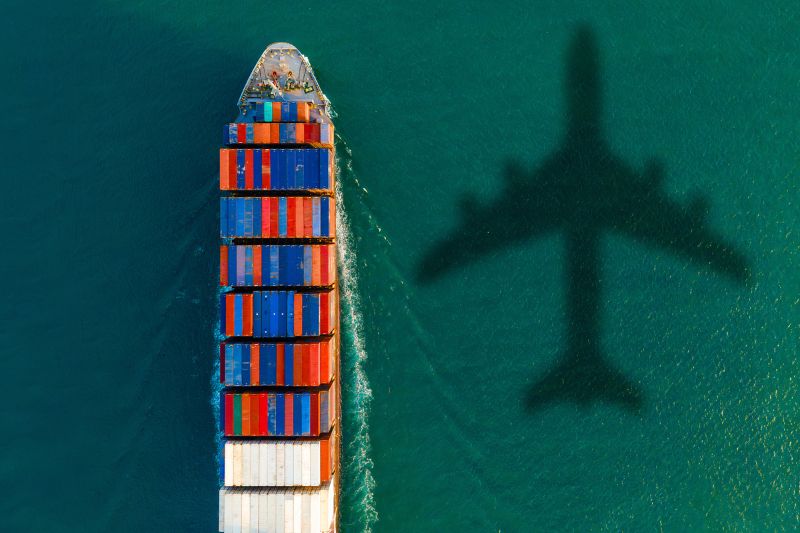For over four decades, an article of faith in Australian economic policy has been that protectionism is counterproductive. Tariffs on imports were especially abhorred and in most industry sectors steadily removed.

This orthodoxy, known as ‘economic rationalism’ was, as often occurs in economic argument, largely based on circular logic. ‘It is rational for consumers to want to buy at lower prices; allowing cheap imports leads to lower prices; therefore removing tariffs is the only rational outcome.’ Critics who wanted to defend Australia’s once relatively diverse industry base were dismissed as ‘irrational’ and sent to economist re-education camps.
Unsurprisingly, the truth is more complex. As the economic historian Michael Hudson comments, the United States' policies of protectionism from the mid-nineteenth century to World War I were spectacularly successful. Many countries in Asia after World War II profited from mercantile policies.
It is true that removing tariffs tends to lower prices, and, more importantly, exposes the country to global efficiency gains, especially in the manufacturing sector. The price of not doing it is seen in many South American countries, which have had long term policies of import replacement, ensuring that something was produced locally rather than imported. This shut them off from international markets so those countries did not modernise to the same extent, ending up relying too heavily on their primary industry exports.
Australia was exposed to the international efficiency gains, but the price was intense cheap competition that led to the virtual destruction of the local industry base, especially in manufacturing. The result was ironically much the same as in South America: excessive reliance on primary exports.
The central plank of the economic rationalist view is that what matters is the individual consumer and the global production systems that serve them. For a long time that roughly matched what was happening, although many of the countries in the so-called ‘global’ system relied heavily on protectionism, especially Japan, South Korea and the European Union (most notably in farming, to Australia’s detriment).
'The best argument for protectionism, whether tariffs or subsidies, is that diversification can be used to manage risk. The international economy is about to become extremely volatile, if not dangerous, and expanding the range of Australia’s exports, such as processing minerals locally, should become a priority.'
But that homogenous, globalised system is weakening. Seismic shifts are causing the world economy to split into two parts, reminiscent of the divide between communism and capitalism during the Cold War. In that new arrangement it will be nation states, not globalised production systems, that will come first.
The key turning point was in 2022, when the West removed the Russian rouble from SWIFT, the international foreign exchange platform. This was supposed to bring the Russian economy to its knees, forcing it to withdraw from the conflict in Ukraine.
Instead, Russia became an exemplar of economic nationalism. The country easily found non-Western markets for its exports of oil, gas and diamonds and is growing at almost 5 per cent. It is the West, especially Europe, that is in trouble.
The next country to push hard for economic nationalism may be the United States. If Donald Trump wins the US presidency he has said he will implement aggressively protectionist policies along the lines of former president William McKinley. He has even floated the idea of using revenue from tariffs to replace income tax. That will shut out China, which is also adapting by preparing a more nationalistic policy with less dependence on trade. The days of the US being China’s ‘customer of last resort’ are over.
Both China and the US have deep financial problems that will further accelerate their push to look inward. China has a property overbuild that could house the countries’ population twice over. In the US about three quarters of income tax is going on interest payments on the $US35 trillion debt.
Neither of these economic super powers will be able to use exports to get out of such deep holes. China, whose banks are state owned, could engage in massive debt cancellation. In the US, finding buyers for the treasury bills to fund its out-of-control budget deficit will become increasingly problematic. Expect quantitative easing (the Federal Reserve buying back government bonds) at an extreme level. That, too, is likely to end up in some variant of debt cancellation.
Hopefully it might also mean reducing America’s obscenely large $1.5 trillion a year ‘defence’ budget. As Hudson comments: ‘If you want to stop wars, you have to stop the military budget, and if you don’t stop that, the budget balancers on both parties are going to say, well, we have to pay for the military.’
Where does that leave Australia? Probably needing to rethink its assumptions about industry and trade policy. The best argument for protectionism, whether tariffs or subsidies, is that diversification can be used to manage risk. The international economy is about to become extremely volatile, if not dangerous, and expanding the range of Australia’s exports, such as processing minerals locally, should become a priority.
Why is there no diversified investment vehicle (by product type and geography) in Australian agriculture? Why is it not possible to expand our manufacturing base, once one of our strengths?
Canberra’s economic rationalists made sure that such questions were not asked for a very long time. Their formula was always overly simplistic and rigid. The time has arrived to adopt a more flexible and realistic approach, not continue using the near-tautologies of economic text books.
David James is the managing editor of personalsuperinvestor.com.au. He has a PhD in English literature and is author of the musical comedy The Bard Bites Back, which is about Shakespeare's ghost.